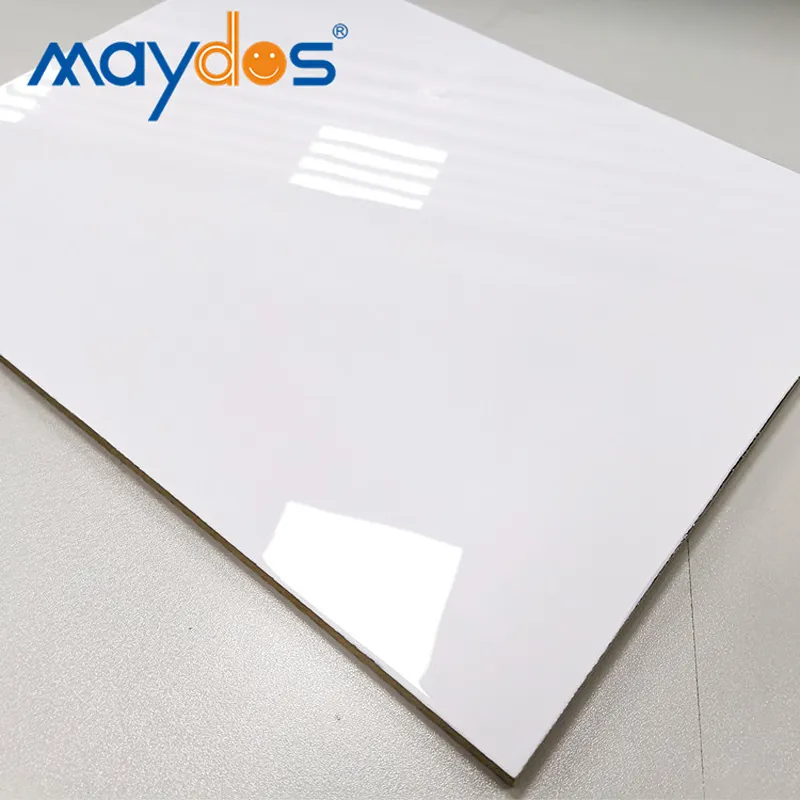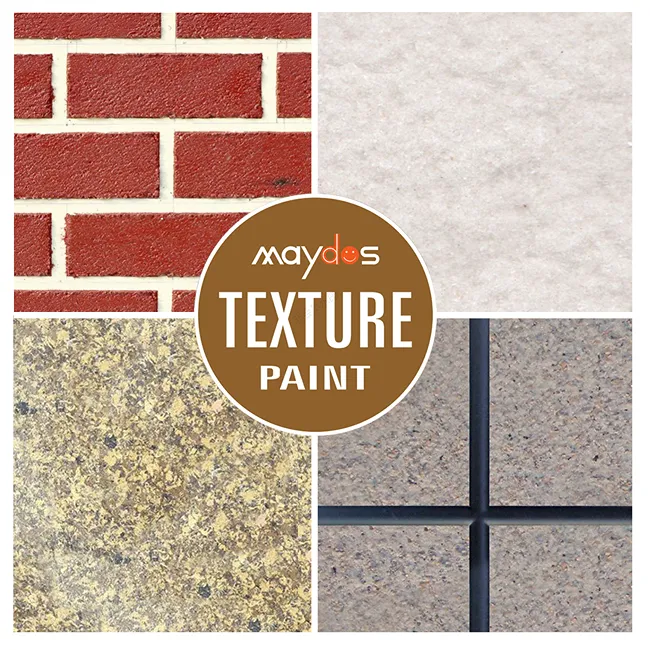Wood Varnishing
For any type of wood veneer, including particle board, laminates, composite wood veneers, solid woods and engineered woods, there are three basic steps that will help you achieve the look and feel you want with your new home exterior finishing project. The following steps will help you decide what is best for your particular wood veneer project, as well as how to complete each step and where to begin.
As a general rule, if you want to apply a veneer to any type of wood, you’ll need to completely strip any existing oiled wood veneers, varnishes or waxes, dry waxes and dust, stains, dust and dirt from the surface of your new wood. Your new workspace should also be clean and dust free, otherwise it will collect in the veneer and the newly applied veneer, resulting in a scratchy and unsightly finish and the sheen may be lost. Next, clean the work area and work surface with a vacuum cleaner and a stiff bristled brush. You can clean the entire surface and areas that you plan to apply a new layer of veneer.
Next, prepare the wood to be treated. Wood should be sanded to remove all imperfections and pores, then it should be prepared for staining by rubbing and buffing it on a soft bristle polisher or by hand using fine grit sandpaper. This will help prevent scratching, peeling and shrinking. Once sanded and ready for staining, apply a protective varnish over the entire surface and allow it to dry overnight, then apply a second coat of varnish to seal in the varnishes and protect it from damage.
Finally, apply a varnished stain to cover and protect the new wood stain. The wood stain should have been specifically formulated for wood veneer, and it should blend with your existing wood interior and exterior finishing project. If a wood stain is not specifically formulated for the wood veneer that you are using, ask for recommendations from your manufacturer. Wood finishes come in a variety of colors, but the most common ones are red, mahogany, walnut, maple, cherry, birch, teak and ebony.
The final step involves the application of a topcoat and protection to seal in your varnishing and staining, followed by sanding and polishing the finish to give it a glossy and shiny appearance. Once sanded, polished and finished, the last step is to finish the wood with a fresh coat of varnishing and sealing varnish. Follow this same procedure for each piece of wood to ensure a clean and shiny finish. After the finish has dried and hardened, you may want to protect it with a protective varnishing or wood sealant.
Wood finishes are an excellent way to add a bit of color, shine and character to any type of wood. Using a professionally made wood sealant will protect the wood finish and provide a safe, easy way to apply your own wood veneer and finish without damaging your wood.





















